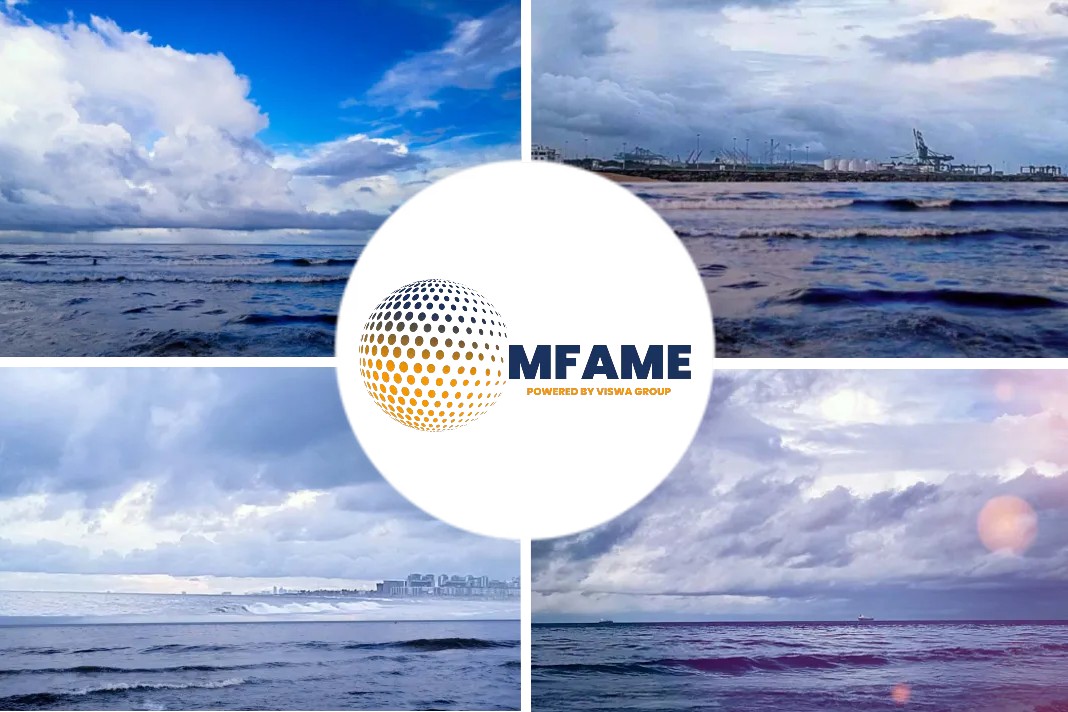- COSCO and CMA CGM will see a larger return than their peers from the transpacific spot rate spike, due to their greater exposure to the trade.
- container spot rates from Asia to the US have soared by 130% to the US west coast and 82% to US east and Gulf coast ports.
- Spot rates from Asia to Europe have also risen significantly since May, but by a more modest 41% to North Europe and 38% to Mediterranean ports.
Based on a new Alphaliner analysis, ocean carriers COSCO and CMA CGM will see a larger return than their peers from the transpacific spot rate spike, due to their greater exposure to the trade, reports the Loadstar.
Spot rates at a hike
Container spot rates from Asia to the US, since mid-May, as recorded by the Shanghai Containerized Freight Index (SCFI), have soared by 130% to the US west coast and 82% to US east and Gulf coast ports.
“A breakdown of the average weekly capacity of the top 10 carriers on the trade, as per 30 September, shows COSCO (including OOCL) is offering the largest average weekly capacity, at 89,050 teu, followed by CMA CGM, at 74,200 teu, ONE, at 61,200 teu, Maersk, at 59,700 teu, MSC, at 57,800 teu and Evergreen, with 50,500 teu,” said the consultant.
Boost in Q3 earnings
“The carriers benefiting most from the strong transpacific market are, of course, those offering the most capacity,” it added. This will have boosted the third-quarter earnings of the carriers that have a greater focus on the transpacific, as well as their outlook for the full year.
Moreover, Alphaliner said that rate levels to the US west coast were “much more lucrative for the carriers in relation to the shorter sailing distance.”
“Income per nautical mile between Shanghai and California now stands at $0.66, which is exactly three times the $0.22 per nautical mile for spot cargo between Shanghai and North Europe,” said the consultant.
Transition of spot rates
Spot rates, as recorded by the SCFI, from Asia to Europe have also risen significantly since May, but by a more modest 41% to North Europe and 38% to Mediterranean ports.
Alphaliner noted that both COSCO and CMA CGM had around 25% of their fleet capacities deployed on the transpacific, while, for example, CMA CGM’s Asia-Europe trade has 22% of its fleet capacity deployed on it.
- This can be explained by the French carrier’s takeover of NOL in 2016, which had merged with the US-centric APL (American President Line) in 1997, thus substantially boosting CMA CGM’s US market share.
- And Cosco’s acquisition of OOIL and its liner arm, OOCL, in 2018 boosted its transpacific business as OOCL derives some 30% of its business on the transpacific, compared with about 20% between Asia and Europe.
“MSC is the fifth-biggest carrier in the Asia-North America trade, but the booming transpacific market will have a limited effect on its results, as only 10% of the fleet is deployed between Asia and North America,” said Alphaliner.
Meeting the cargo demand
Nevertheless, it noted that the Geneva-based carrier had been the “most reactive shipping line to offer extra capacity and cater for the surge in cargo demand.”
Rise in transpacific trade
According to Alphaliner data, MSC increased its transpacific capacity by 16% in September with the launch of its standalone China-California-Canada Santana service, as well as “numerous extra ad-hoc loaders.” The consultant calculates that the average weekly nominal capacity between Asia and North America stood at 527,000 teu at 30 September.
Meanwhile, SeaIntelligence analysis found that, based on carrier schedules published last week, capacity offered for the first three weeks of October was up by a “staggering 26.6%,” year on year.
Did you subscribe to our daily newsletter?
It’s Free! Click here to Subscribe!
Source: The Loadstar

















